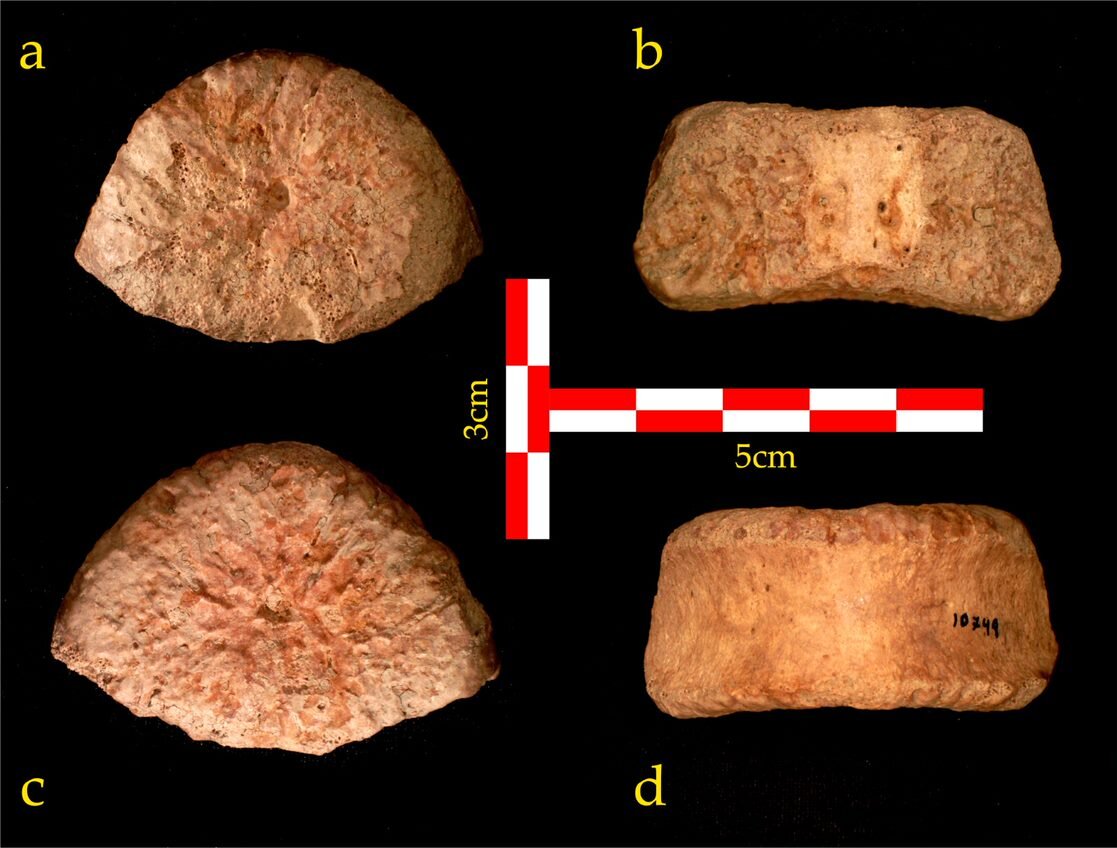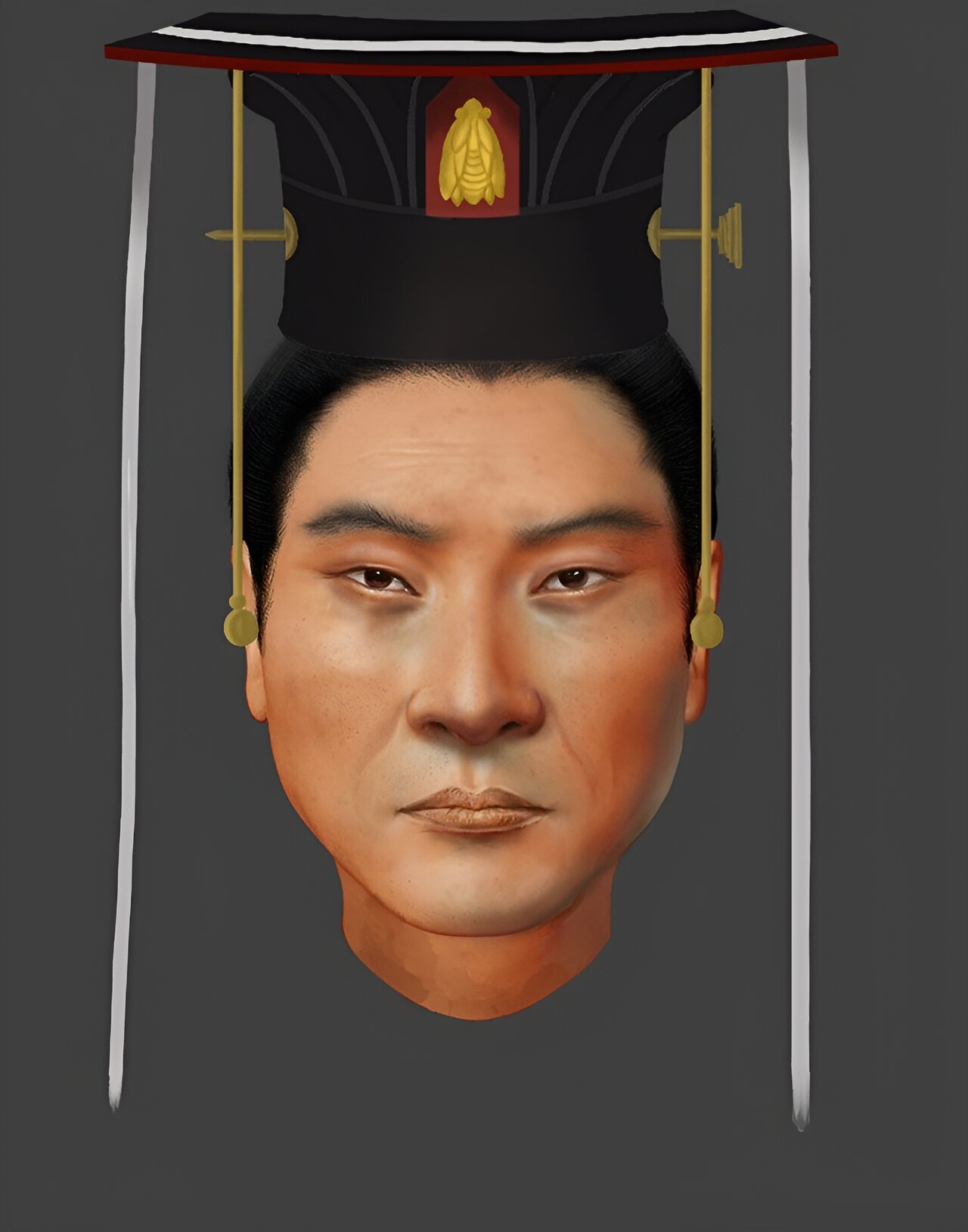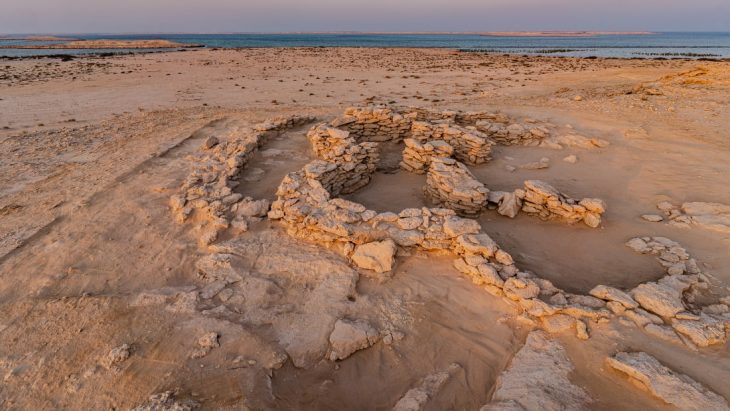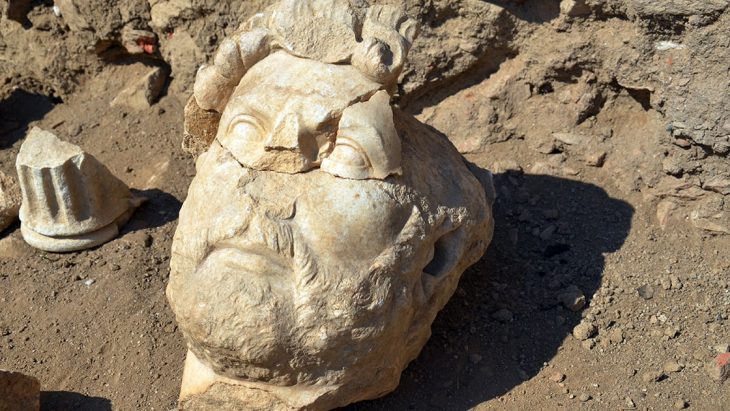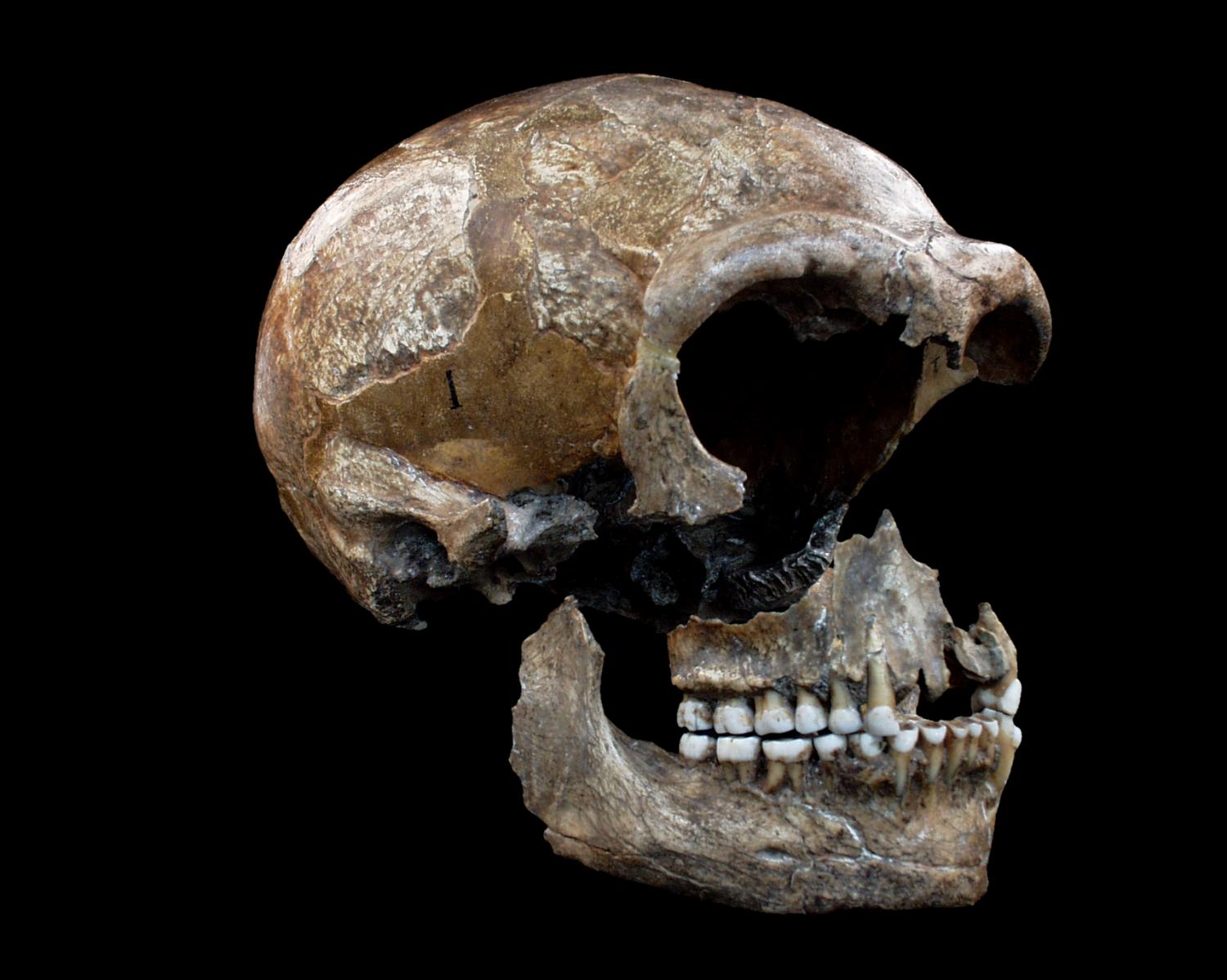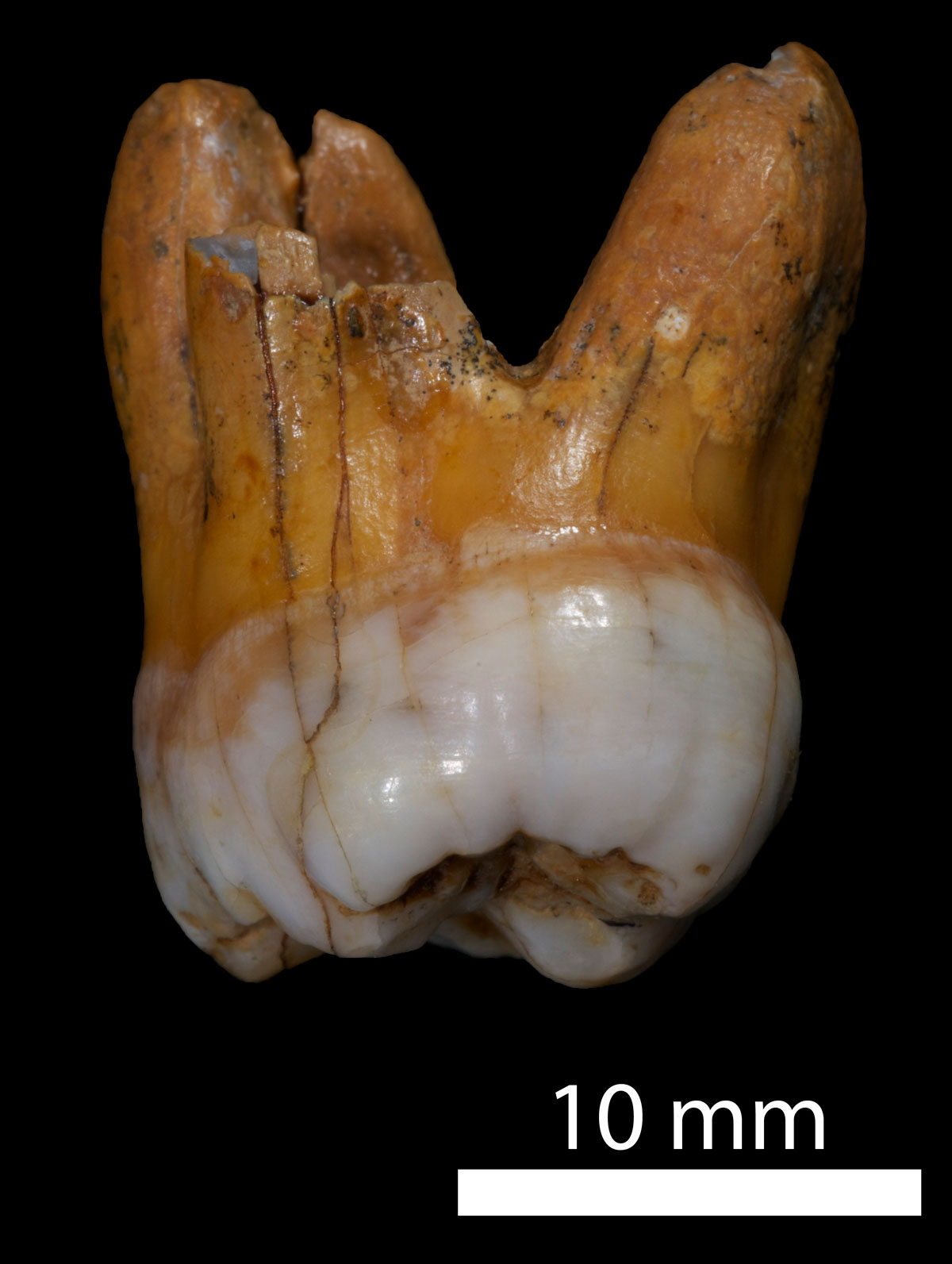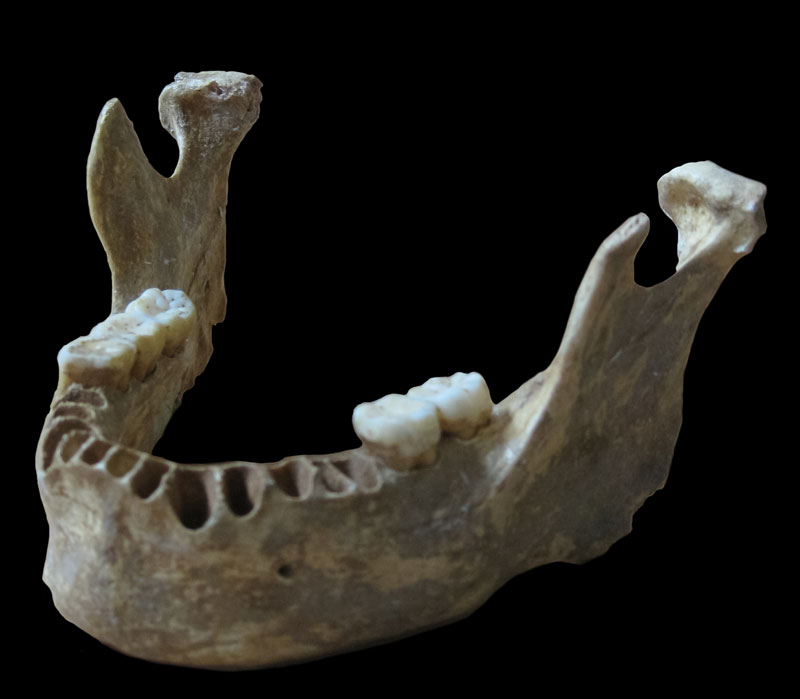Ancient Hunting Dogs Found in Georgia
Unearthing a new chapter in the history of human-canine relations, a team of researchers has uncovered the remains of ancient hunting dogs in Georgia. The discovery, detailed in a recent paper published in Scientific Reports, sheds light on the possible interactions between these early canines and our own ancestors nearly 1.8 million years ago. Previous … Read more

